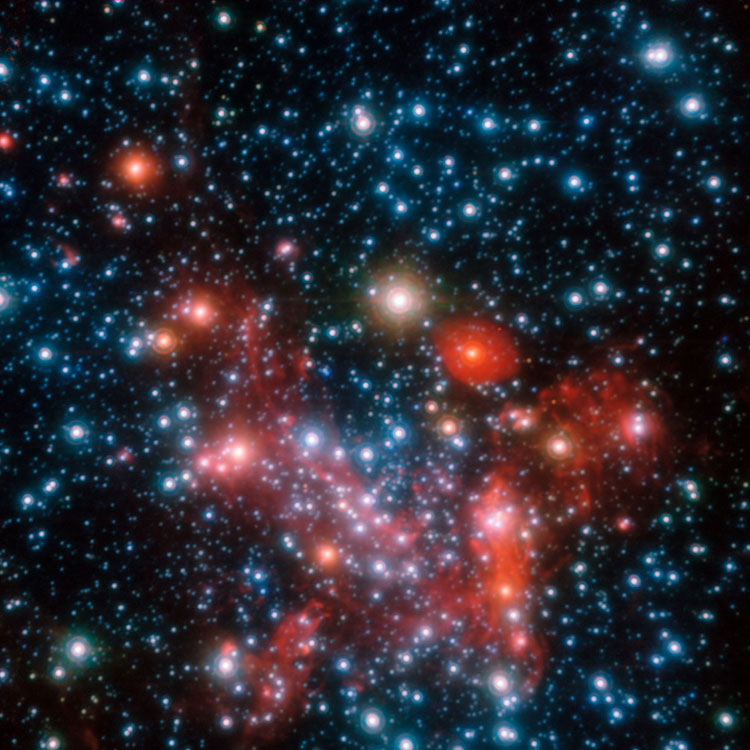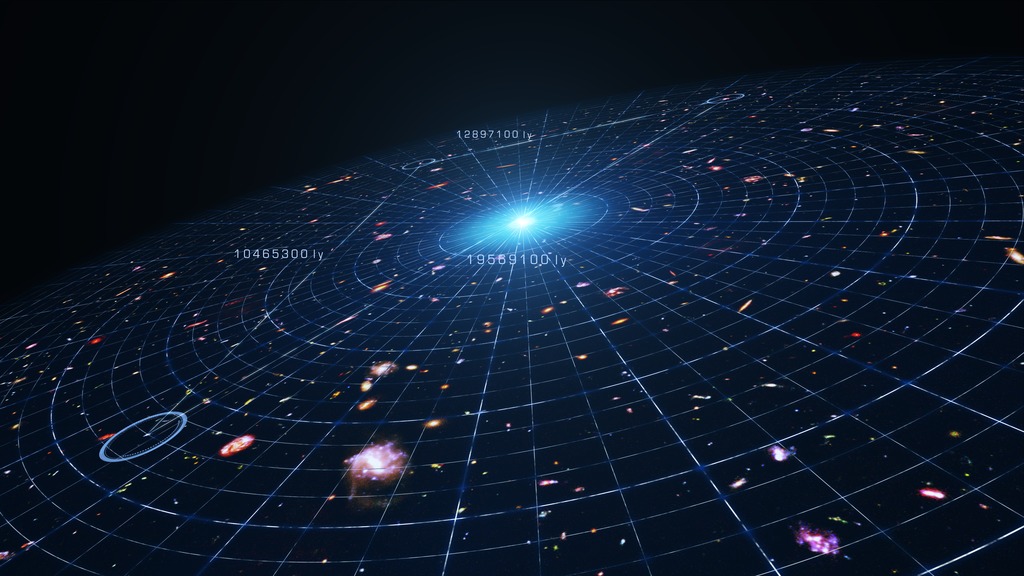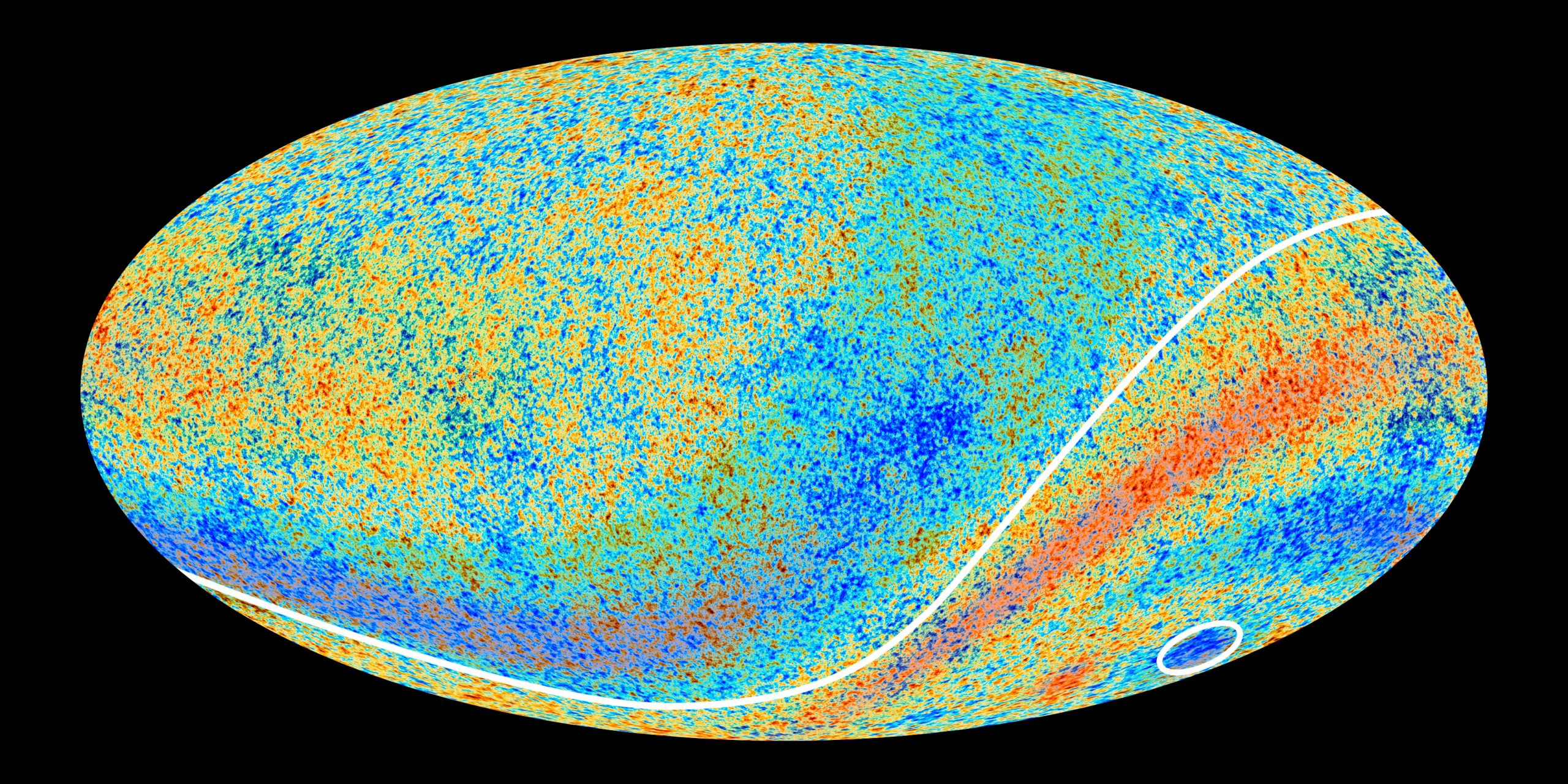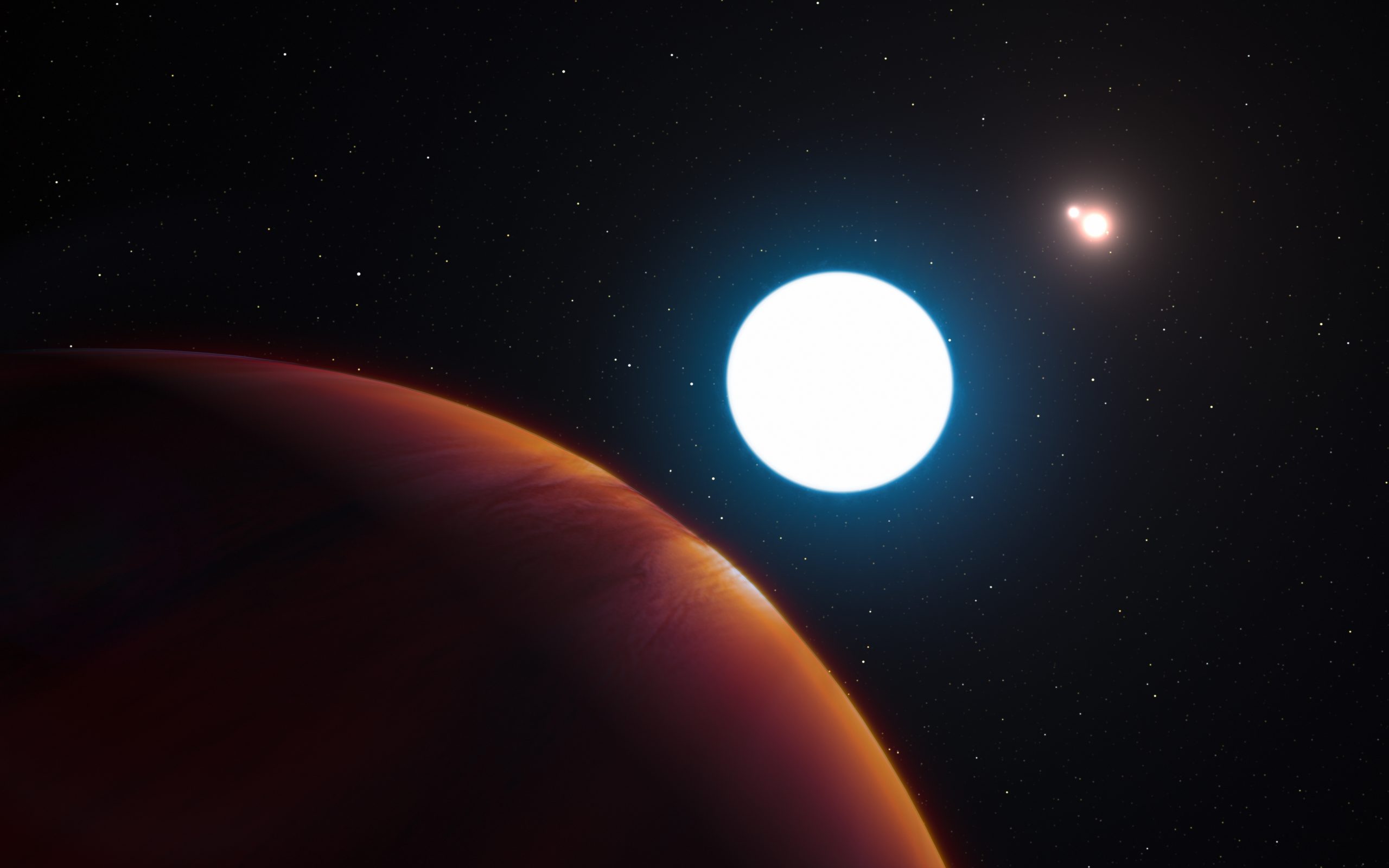You’ve probably heard of dark matter and dark energy, but maybe you don’t fully understand what they are. Or maybe the idea itself just rubs you the wrong way and you’d like to know why scientists think they can just make stuff up like this. So you’d like to overturn cosmology? Here’s all you need to do.











